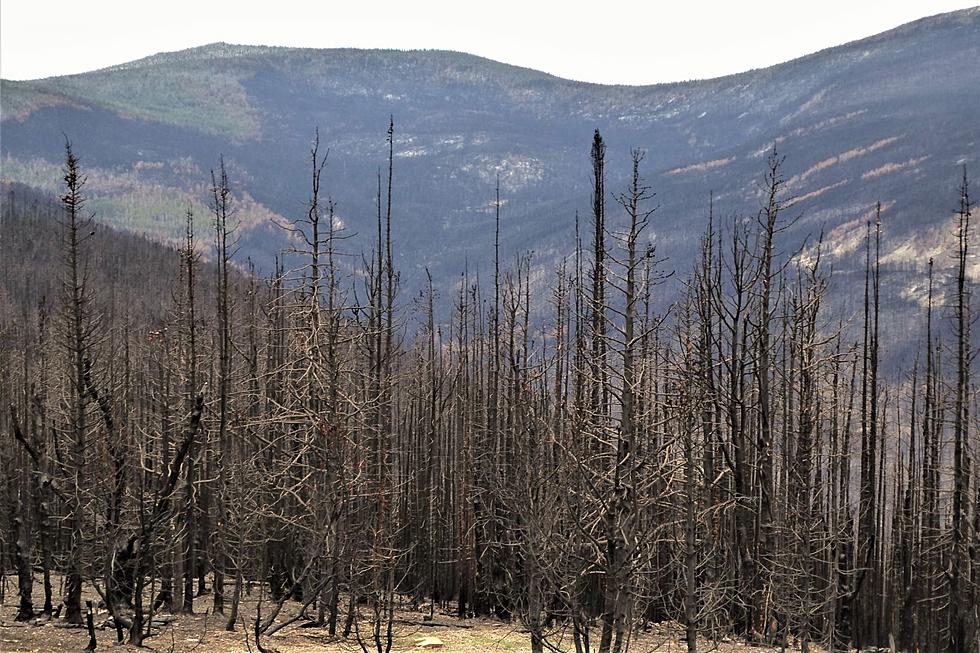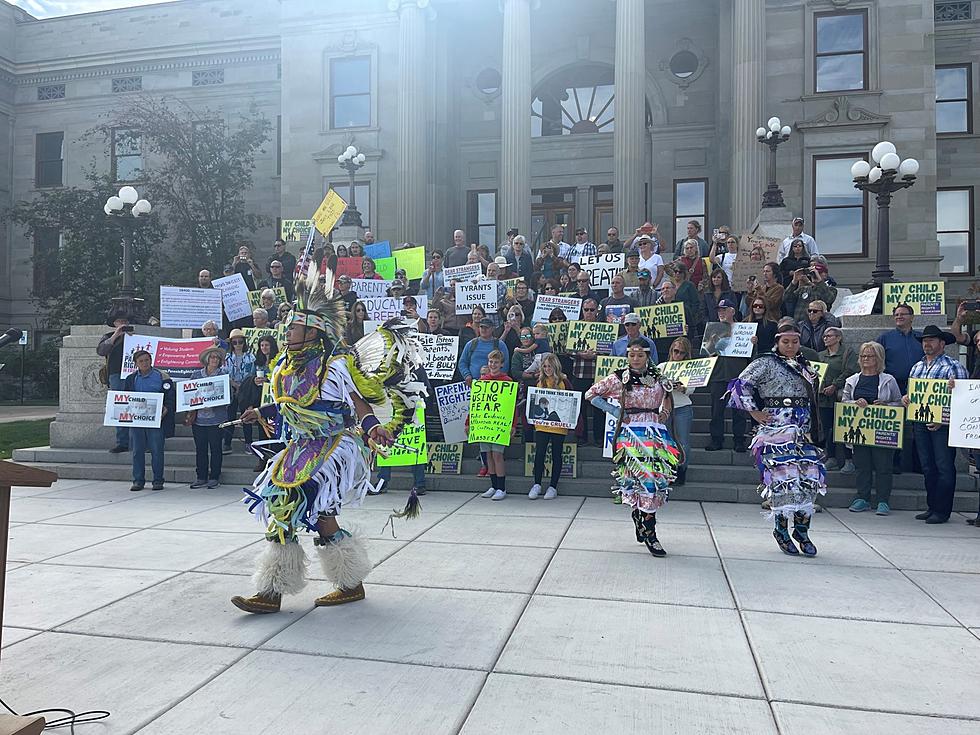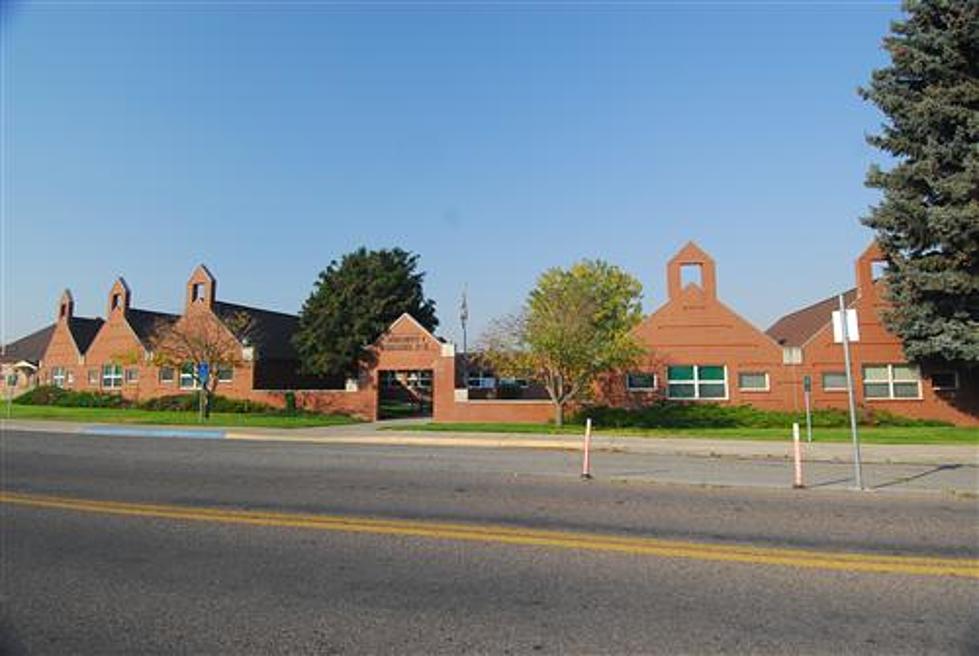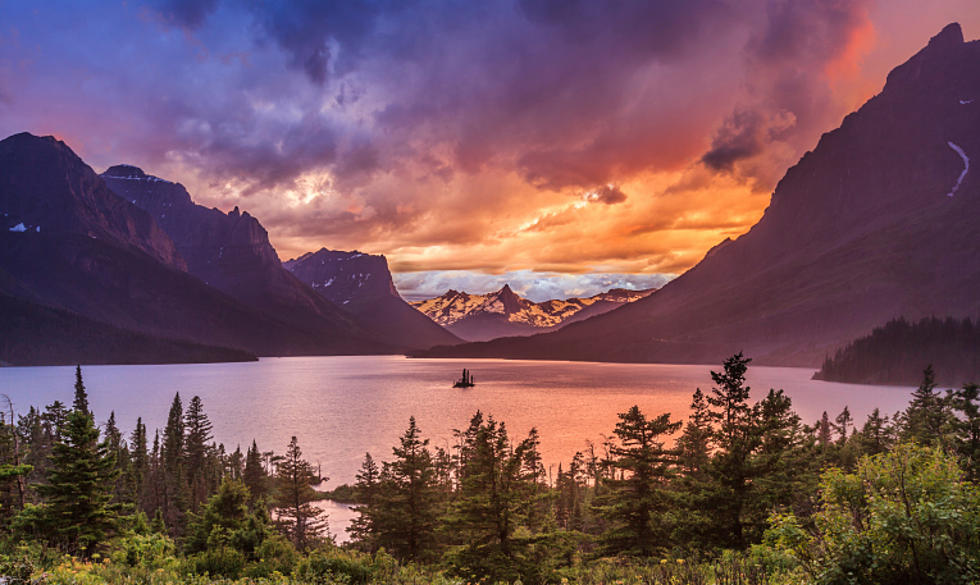
Montana Forestry Specialist Discusses Wildfires and Human Management
Dr. Peter Kolb appears on KGVO's Talk Back show once a month and he is also the voice of our daily Forestry Minutes.
Kolb is the Montana State University Extension Forestry Specialist and an Associate Professor of Forest Ecology & Management, housed at the University of Montana in the Department of Forest Management.
Wildfires and their impact on western landscape conservation as well as communities is a very controversial topic. Some special interest groups believe that what wildfires do is a natural process and we need to let more wildfires burn across forested landscapes. Others see wildfires as a significant threat to both forests and human infrastructure.
"As with most complex topics, simplifying it in order to create a narrative to support your position is a tactic common to today’s political world," Kolb said. "As a forest scientist working for MSU Extension, my personal and professional goals are to help society understand forest ecology and the role of management."
Kolb said this picture series is posted to demonstrate the complex interaction between natural processes such as wildfire, and human management.
"Both have their good and bad qualities," Kolb said. "By appropriately using both, we can advance our objectives of conserving nature and natural processes, while also providing for human needs that include natural places to recreate in as well as harvesting wood that provide both a material and economic basis for our basic needs. Before we can improve our natural resources practices, we need to fully understand how nature works, and what the role of humans within nature might be."
Photo Description:
The Big Belt mountains form a high elevation ridge between Townsend and White Sulphur springs and are surrounded by ranch lands. The forests have seen minimal harvesting in a only a few areas and a large portion consists of relatively undisturbed forests of now dead lodgepole pine and mixed ages of Douglas fir at lower elevations. Subalpine fir and spruce are at higher elevations.
Photo Description:
Natural forests had developed after a natural large fire about 150 - 200 years ago. Having grown overly dense tree competition for water had helped the mountain pine bark beetle kill the majority of the lodgepole pine adding to the already high fuel loading. Even though a deep winter snowpack had left most large fuels too wet to really burn, dry branches and twigs and an overly dense drought stressed forest allowed for a wind driven fire to blow through undisturbed areas with great intensity. Witnesses (and pictures if you google “Montana Woods Creek Fire”) indicated a wall of flames 300 ft high burned across the mountain range. Shown are identical scenes taken in September 2020 and after the fire in September 2021, showing the effects of the fire on the forest.
Photo Description:
An area of the Big Belts close to an access road had been harvested using clearcutting practices about 30 years ago. The harvest units had naturally regenerated with young lodgepole pine and some Douglas-fir and subalpine fir and can be seen as the brighter green squares surrounded by dense original forest composed of dead older lodgepole pine and more mature Douglas-fir and Subalpine fir. One year later, the identical scene shows fire behavior and that the fire could not burn through the old harvest units.
Younger trees do not use as much water and stay hydrated longer through the summer months. The high water content of the foliage makes them very resistant to burning, as opposed to the older denser forests that run out of water early during the summer and are then drought stressed. The lower foliage moisture content makes them very flammable. Why thinning forests and creating mosaics of harvest units across forested landscapes makes it more resilient to wildfires. Not only do wildfires have greater difficulty burning the entire landscape as the fire needs to burn around these wetter forested patches, the harvest units that don’t burn provide seed sources that can help recolonize native vegetation into severely burned areas.
RANKED: Here are the most popular national parks
LOOK: Stunning vintage photos capture the beauty of America's national parks
More From KMPT-AM









